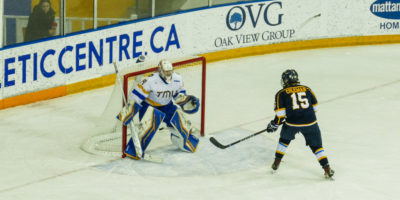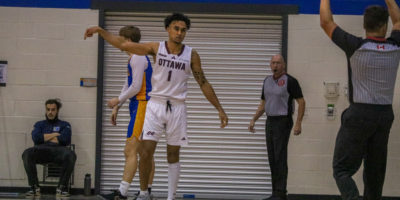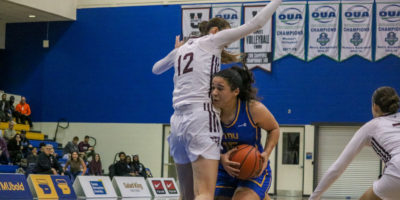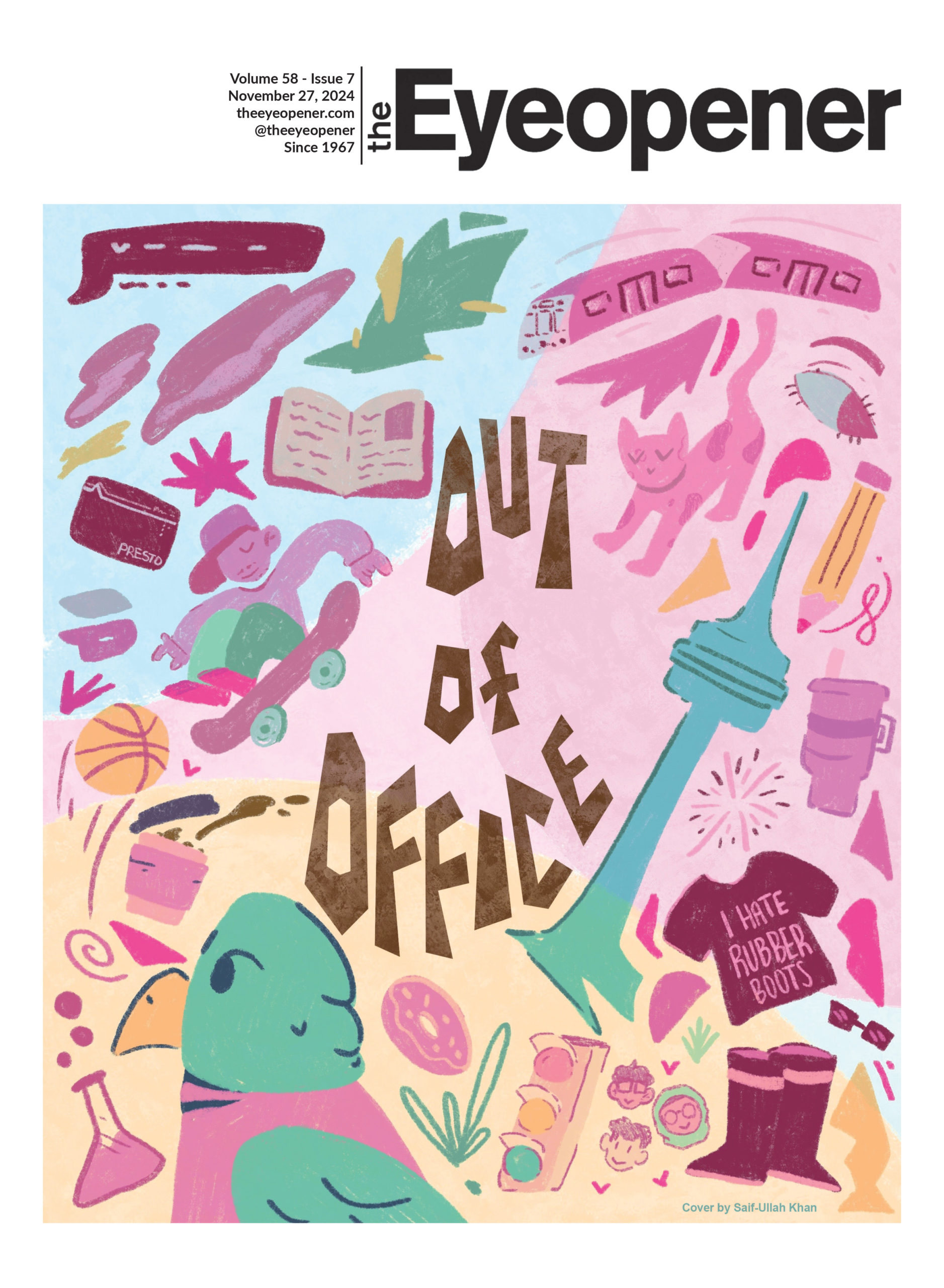By Shi Davidi
For many years, the words competitive and elite were not words associated with Ryerson teams.
That is rapidly changing.
The men’s volleyball team, both basketball teams, the women’s figure skating team and the squash team all made significant strides into higher competition this season. You would think their improved performances would earn them bigger budgets, but that is not the case, The Ryerson Department of Athletics and Recreation does create its budgets based on performance, but on the cost of participation and budget equality for men’s and women’s sport teams. These policies keep unproductive teams’ budgets steady and keeps dollars away from improving squads.
These policies also hurt the chances of the word elite being attached to Ryerson teams. An examination of the Department of Athletics and Recreation’s $660,400 budget, how it was spent, its league results and plans for next year, reveals that competitive teams are not being rewarded for their results (all of 1997/98 figures await board approval).
The hockey team is Ryerson’s most expensive interuniversity team, with a $61,000 budget. It uses significant portions of the department’s $68,5000 facilities budget and $18,500 equipment budget. With a total budget hovering around $100,000, they posed a 3-21-6 record, making them Ryerson’s most expensive team in the win column, at $33,333 per victory. They finished nowhere near the playoffs. Their budget remains the same next season.
On the low end the volleyball teams has budgets of $23,000 this year. However, that figure is deceiving because it includes coaches salaries. The men made the playoffs, finished second in three tournaments, and defeated U of T for the first time ever this season. With a starting lineup containing five rookies, things look even more promising next season. The women suffered through a miserable season, winning only one match all year. Both will receive a $500 increase next season, though the women did nothing to merit a budget increase. The men have been invited to the prestigious UBC tournament next season, but is unsure if they can afford to go.
The women figure skaters had $7,000 to work with this year and shared the facilities rental cost. They made dramatic improvements this year, finishing sixth in Ontario. The team has travelled as far as Mississauga to find additional practice time and hopes to move out of Moss Park arena next season. Their budget will be upped to $7,500 and will share in an additional $1,500 for facilities.
Since funding isn’t tied to performance, it is difficult for improving teams to get the additional money necessary to take them to a higher level. A new advancement fund of $8,000 had been proposed by the President’s Advisory Committee on Athletics and Recreation (PACAR) and Athletics Department head Bob Fullerton for the 1997/98 budget. Competitive squads requiring more money can apply for portions of it.
“I think that the advancement fund is trying to correct that situation, where a team may be held back because they can’t make [financial] requests,” said Fullerton. “We thought we’d have an advancement fund, where a team has an opportunity to go to the next level, they can apply [for more money].”
The men’s volleyball, figure skating and both basketball and soccer teams will all have reason to apply for that fund. But, if all six apply for a share of $8,000, it will not go very far. That begs the question of whether a hockey team, which produced only three wins this season, deserves around $100,000 or a women’s volleyball team, which won only once this year, deserves $23,000, especially if it holds other back.
“I need them to practice way more,” said figure skating coach Jennifer Chapman. “They have the talent and potential to be top three in the OWIAA. There’s an ice availability problem, but it’s also a funding issue.”
“Money always helps,” said men’s basketball coach Terry Haggerty.
Some within the athletics department feel that the advancement fund if not enough.
“If a program is not competitive for several years, cut their money, when they become competitive increase their funding,” said a course in the athletic department, who spoke on the condition of anonymity. “There are certain level you can go and then there are [financial] barrier.”
Both PACAR and Fullerton want to gold the student fee at the current level for the next few years, so without performance-based funding or more active pursuit of sponsors, coaches can forget about large budget increases.
“We offer students the opportunity to excel in the area of their choice and those opportunities we try to give equally,” said Fullerton. “This way, somebody on a team that doesn’t get in the playoffs might have just as solid an experience as somebody who was on a team that made the playoffs.”
With a budget of $660,400, the department is using vast amounts of student money to offer athletes solid experiences. Of that amount, $44,700 was spent on Ryerson’s intramural leagues and $55,000 on recreation (clubs and equipment). Interuniversity teams had a budget of $286,900 while the department had an operating budget of $286,300. Athletics are funded through a $48 fee paid in student tuition. An additional $15,000 is earned from sponsorships and gate revenue. The department will run a deficit of $49,552 this year and have proposed a budget of $678,550 in 1997/98, with a deficit of $96,790.
For now, the athletics department says funding will remain based on covering the cost of team needs.
“We have a budget for each sport that provides them with a schedule, with accomodations, with travel, with meal subsidy and there are equipment dollars available,” said Athletics assistant head Chuck Mathies.
Funding will also remain based on equity for same sport men’s and women’s teams. No matter how big the disparity between performances, they receive equal funding.
“The stance here has been to run the same sports programs on the same basis,” said Fullerton. “When you are funded by the whole student body and it’s more than half female, I think it is a very sound decision.”
Trying funding to performance will not happen anytime soon. Athletics administration places more importance on participation and academics than winning.
“Nobody has ever said to me that the bottom line is winning,” said Haggerty. “My job is to run a competitive program in an academic environment.”
“We offer students who have high potential in areas the opportunity to maximize that potential,” said Fullerton.
A winning athletics department needs an administration that wants to win. By not losing teams, Ryerson keeps its competitive teams from reaching elite status. To get an OUAA or OWIAA championship banner on the wall, tough budget decisions have to be made. In these difficult economic times, everybody wants to see results for their money, especially when the dollar amount is $660,400.











Leave a Reply